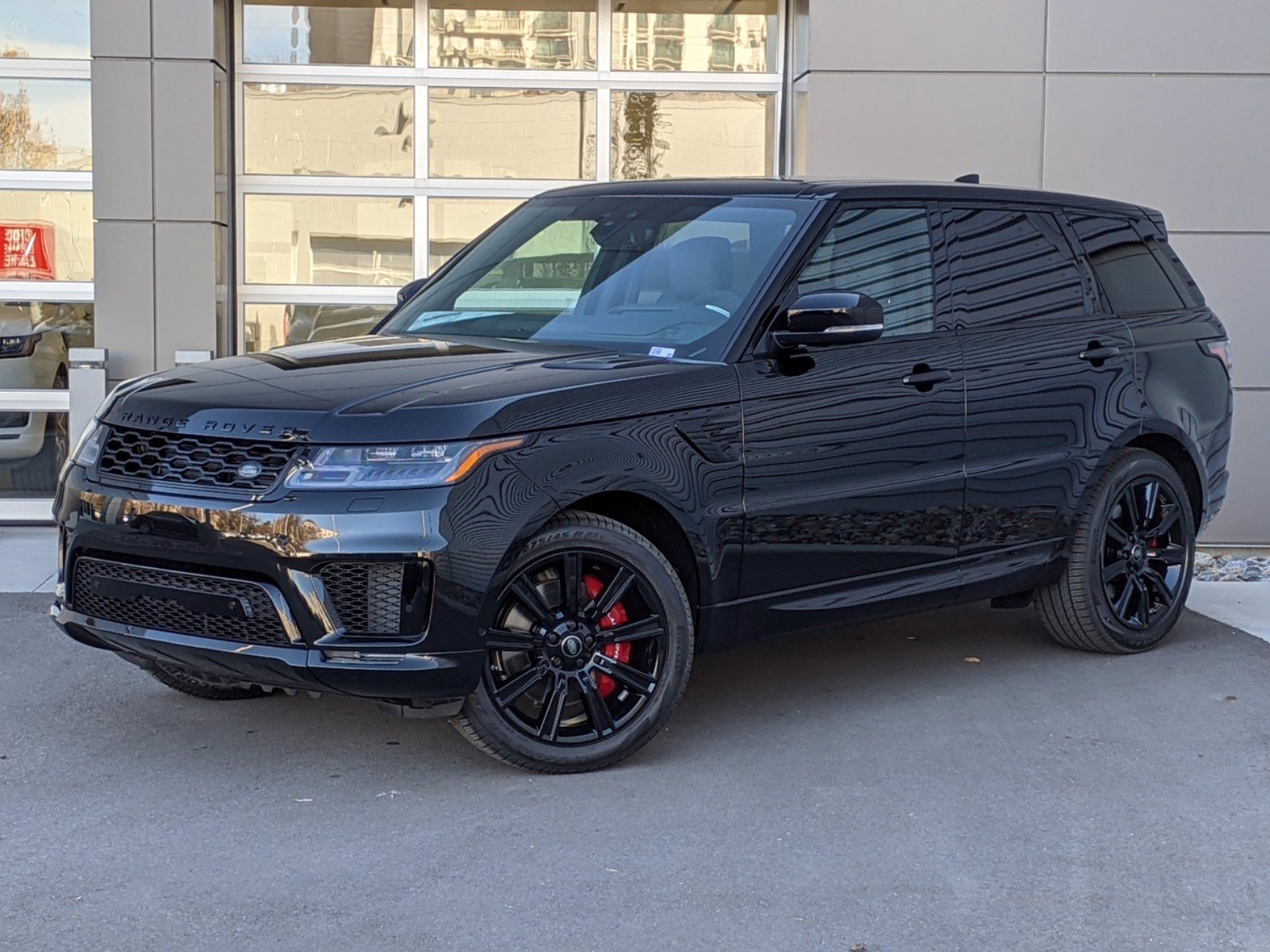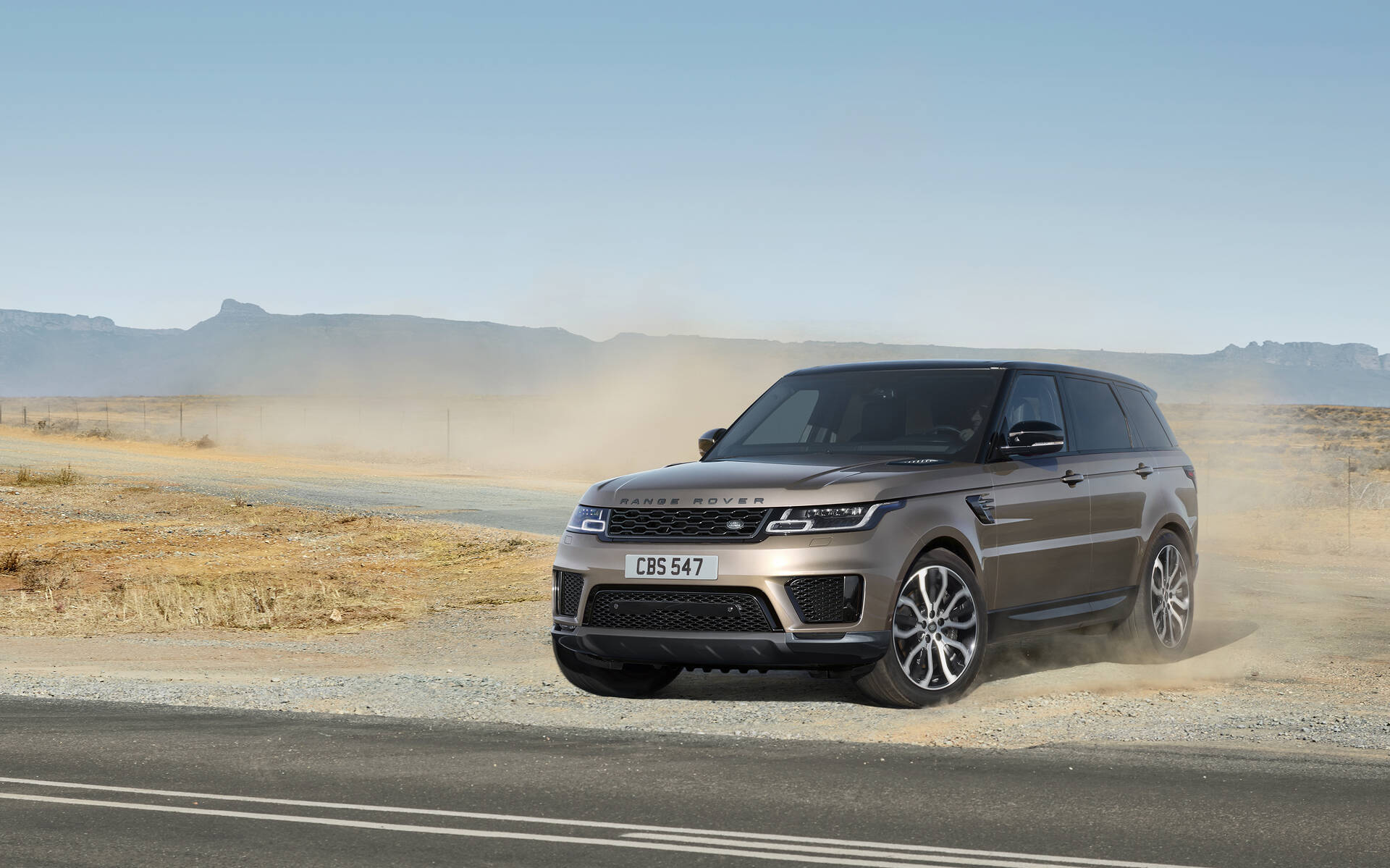


The panel gaps and shutlines are fabulously tight, and the flush glazing abuts the bodysides in memorable fashion. They’ve all been reimagined here, although you need to see new and old side-by-side to grasp just how ingeniously nuanced the changes are. (He doesn’t wade in water, he walks on it.) There are five fundamental visual pillars on the Range Rover: the falling roofline, pronounced waistline, the rising sill, clamshell bonnet and floating roof. Not that you’d ever get even a whiff of self-doubt from the company’s chief creative officer, the formidable – and gleefully opinionated – Gerry McGovern. The outgoing car remains such an archetype that the scale of the challenge here is substantial. That’s even less likely to go swimming up the Severn. Seriously, has anyone ever taken their Range Rover into a chuffing river? A fully electric model, meanwhile, will arrive in 2024.
2021 land rover range rover sport review plus#
The latter is a twin turbo petrol V8 (sourced from BMW), whose intake has been reconfigured to enable a 900mm wading depth, plus a few other robust mods. So it is that the all-new Range Rover arrives powered by a pair of diesels – making 296bhp and 345bhp respectively – and two petrols, good for 395bhp and a 523bhp (and 553 torques). Unfortunately we won’t be driving the PHEVs for another six months. Not quite a ‘get out of jail free’ card, but a big improvement. Land Rover reckons that typical Range Rover customers will be able to complete 75 per cent of their journeys without ever bothering the internal combustion engine. We’d say 50 miles in the real world is more plausible.

These combine Land Rover’s 3.0-litre six cylinder petrol engine with a 105kW battery feeding an electric motor with a useable capacity of 31.8kWh, to deliver ‘up to 62 miles’ of pure electric driving with CO2 emissions around 30g/km. Key here are two plug-in hybrids, badged P440e and P510e (that equates to a 434 and 503bhp power output respectively). This is an all-new car in every aspect with a critical reappraisal of its place in the world. Namely, the march of technology and connectivity, and more pressingly the need to future-proof it as climate change ceases to be a debate and becomes a genuine existential emergency. But then you see the new one – only the fifth generation in 51 years – and you realise that there are some things even the Range Rover can’t out-run forever. The current model arrived in 2012 and even in these unpredictable times it’s still hitting the spot with its high-end client base. The Range Rover is one of those vanishingly rare cars that defies the industry’s traditional product cycle.


 0 kommentar(er)
0 kommentar(er)
